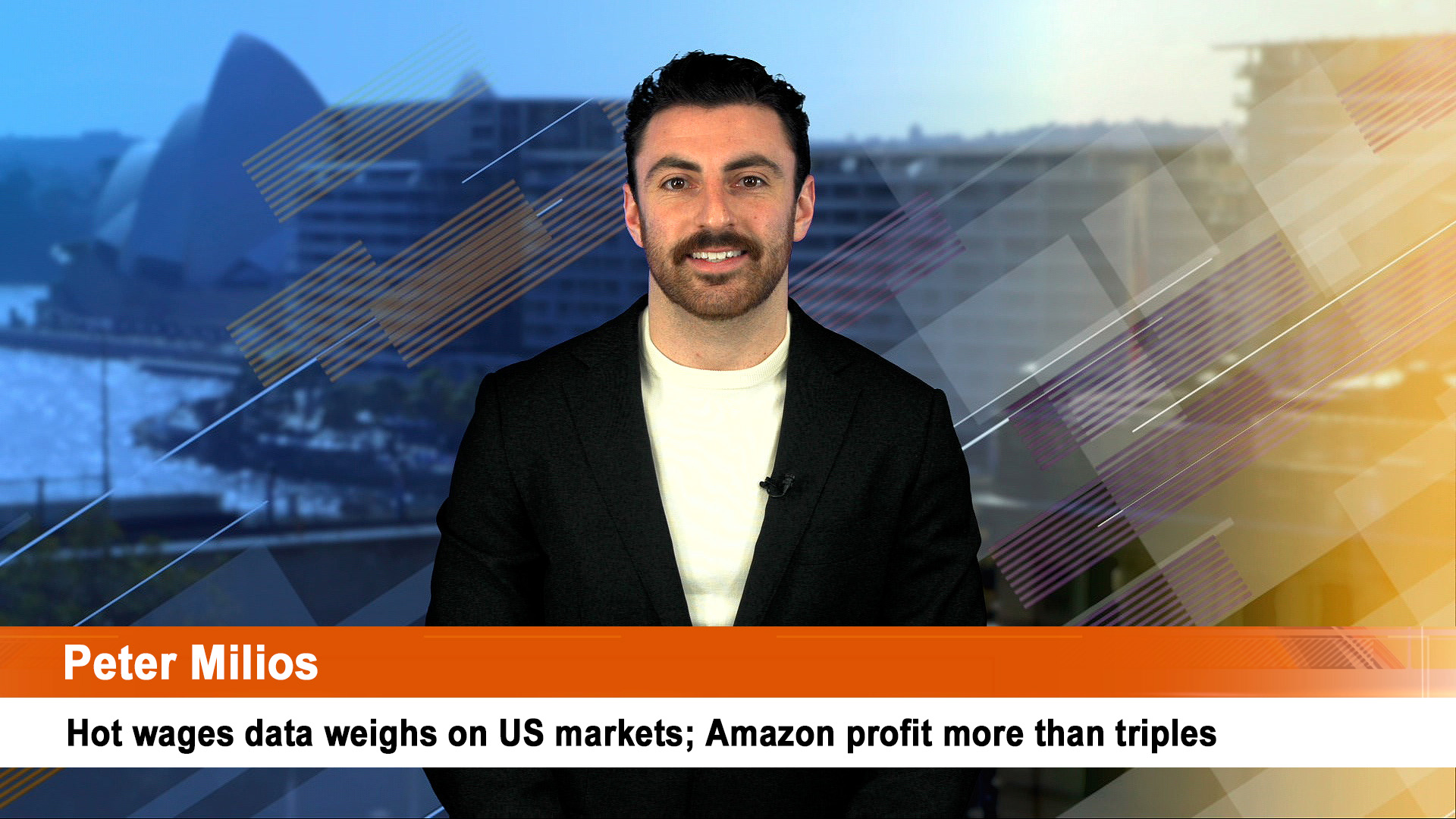The Kerry Stokes-backed Beach Energy has abandoned the takeover battle for Warrego, leaving Gina Rinehart’s Hancock Energy seemingly in the box seat with an all-cash bid worth $342 million.
But whether the Rinehart camp succeeds depends on the attitude of Strike Energy which has dealt itself back into the battle after its all paper offer at around 18 cents a share was overtaken by higher cash offers from Beach (20c and 25c a share), then Hancock Energy (23c and then 28c a share).
Beach’s departure has looked certain to happen after Warrego said the Hancock offer was ’superior’ and that beach had five days to match or top it – the deadline was next Monday.
Then midweek Strike complicated matter by reappearing with a deal with unnamed Warrego shareholders that effectively will give Strike a 19.9% stake in Warrego and the chance to frustrate Hancock (or Beach for that matter), if they wanted total control.
But Ms Rinehart’s companies have shown no particular need for total control and has small shareholdings in a clutch of companies (as does Twiggy Forrest) which have not been taken to full control.
Beach and Stokers’ capitulation came in a statement on Friday which said it had determined not to exercise its matching right… Beach has also notified Warrego of its determination.
Beach CEO Morné Engelbrecht said in the statement to the ASX, “The multiple party bidding process for Warrego has reinforced our view of the value of our dominant acreage position in the Perth Basin and encourages us to expand our current active exploration drilling program in one of the most exciting gas plays in Australia.
“In applying Beach’s disciplined approach to inorganic growth, we propose to invest further exploration capital into our existing prospects and drilling inventory in the Perth Basin. Beach will look to accelerate exploration, development and commercialisation of our acreage to deliver more gas for Western Australia,” Mr Engelbrecht said.
But it is clear the Hancock Energy offer and then Strike’s play made it all too hard, too time consuming and too rich for Beach and its big shareholder.
Beach pointed to other exploration areas it had in the Perth Basin where Warrego and Strike’s West Erregulla gas field in the area. Beach and partner, Mitsui are developing the Waitsia field into firstly a domestic supply operation and then a stage 2 with hopes for LNG exports.
And to add to the pressures on Beach, the $700 million plus Waitsia first stage development plans have been thrown into confusion by the collapse of contractor, Clough which will occupy the minds of Beach and its 30% shareholder, Seven Group Holdings.
They have to find a new contractor and get the huge project back on track (just as the Commonwealth government has to get its $5.9 billion Snowy 2.0 energy project back on track as well after Clough’s failure).
Strike’s share deals in Warrego will make it the biggest shareholder with 19.9% but will it be left like a shag on a rock by the Hancock group?
It has the other half of the West Erregulla field and obviously wants to deal itself into a big play.
In its statement on Friday, Warrego Strike’s positions:
“Warrego also notes the announcement by Strike Energy on 7 December 2022 stating that it has increased its ownership of Warrego to 19.9%, and that “Strike’s Board has not formed any intention with regards to any future transaction that may involve Warrego, and Strike is currently considering all available strategic options”.
“This increase in Strike’s percentage ownership of Warrego does not impact the availability of the revised Hancock Takeover Offer, which, as mentioned above, is not subject to any minimum acceptance condition.”
However, Warrego suggested shareholders looking at accepting the Hancock offer might prefer to wait a while longer in case a better offer turns up.
Warrego said that while its Board “unanimously recommends that Warrego shareholders accept the revised Hancock Takeover Offer, in the absence of superior proposal, it also notes that:”
“The Hancock Takeover Offer will, once it opens, remain open until 31 January 2023, unless extended or withdrawn (noting that there are only very limited circumstances in which ASIC would permit Hancock to withdraw the Hancock Takeover Offer).
“Once a Warrego shareholder accepts the Hancock Takeover Offer, they will have agreed to sell their Warrego shares to Hancock under that offer, and will not be able to sell their shares under a competing takeover offer, if one is made for Warrego after their acceptance of the Hancock Takeover Offer, and they will not be able to sell their shares on-market, if the market price is above the offer price under Hancock Takeover Offer.
“In those circumstances, Warrego shareholders intending to accept the Hancock Takeover Offer may wish to delay their acceptance into that offer for the time being, to see if a competing offer emerges.”
“In any event, the Warrego Board advises shareholders to TAKE NO ACTION in relation to the Hancock Takeover Offer until they receive Warrego’s Target’s Statement in relation to Hancock Takeover Offer,” Warrego added.
The Target statement is due to be sent out two weeks after the Hancock offer is sent – with December 14 to be the target date for that to happen. So the Warrego statement won’t be sent until after Christmas and before the New Year, assuming no delays.
For a deal worth just under $350 million, the battle for control of Warrego (and it hasn’t produced a single drop of gas) looks an odd waste of resources.
But there’s a lot of potential – gas for the growing Perth consumer and industrial market looks like a growth area with supplies from the north under the reservation system looking to fall in the next few years.
There are some big resource projects in the Perth Basin and nearly – bauxite and alumina lithium and nickel refineries in Kwinana and further south and what could be the biggest of all, the potentially huge Chalice Mining Julimar nickel, copper, platinum, palladium gold and cobalt mine and associated plant.
Yes, a lot of the power will come from renewables, but gas will be needed to replace the dying coal sector in the south of the state as well as provide support solar, wind and battery sources in future years.
And finally, could Hancock, Strike, Beach and Mitsui all end up in one big venture controlling four or five major gas sources in the Perth Basin?













